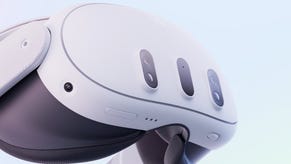Can Nintendo learn from its mistakes with Mario Kart Tour? | Opinion
All eyes are on Mario Kart Tour, Nintendo's most important mobile release so far
It's less than three years since Super Mario Run heralded Mario's smartphone debut. Yet despite much fanfare at launch, largely positive reviews and revenues pushing the $100m mark, Nintendo president Tatsumi Kimishima felt the plumber's performance "did not meet our expectations".
Given the huge affection that gamers have for Nintendo's most-prized IP, Mario's journey from console to smartphone was always likely to ruffle some feathers amongst his most ardent fans.

Next month, Mario returns to mobile with the much anticipated launch of Mario Kart Tour. As one of the best-selling game franchises in history, Nintendo's investors will be hoping that mobile kart racer delivers on the revenue promises that its predecessor could not. While Mario's loyal fanbase will be expecting a player experience on a par with the console version.
With a handful of mobile games now under its belt, what game design and monetisation lessons can Nintendo learn from its existing smartphone portfolio to ensure that Mario Kart Tour crosses the line in winning style?
Back to the free-to-start
To answer this, we need to go back to the start. Or the free-to-start, to be specific, which was the unconventional monetisation mechanic that split player opinion. Asking players to cough-up £10 to unlock the rest of the game after only playing a few free levels, was the nail in the coffin that ultimately led to Super Mario Run becoming a revenue reject for Nintendo.
Next came Fire Emblem Heroes in 2017. Minus the harsh free-to-start paywall mechanic. In fact, none of Nintendo's subsequent mobile releases featured the paywall, despite still referring to the games as free-to-start in the marketing materials. A tacit recognition of the mechanics failure? Maybe.
Despite being Nintendo's most successful mobile release to date, generating nearly $300 Million in revenue in the first year (ten times more than Super Mario Run), Fire Emblem Heroes has issues. Lots of issues.
For a start, the game is clearly not optimised for players in the West, evidenced by the fact that only 28% of game's first year revenues were generated in the US.
It feels like the game is set up for a core audience, meaning that players new to the franchise or genre will find the going tough. Players are left to discover the various screens by themselves and are not properly exposed to key areas of the game. This lack of optimisation must have had a significant impact on the early retention of casual/mid-core players.
The game is bursting with content and features an endless amount of options for players to spend money on. However, its poor on-boarding and overwhelming UI design have limited its potential to be a dominant top-grossing/chart-topping game.
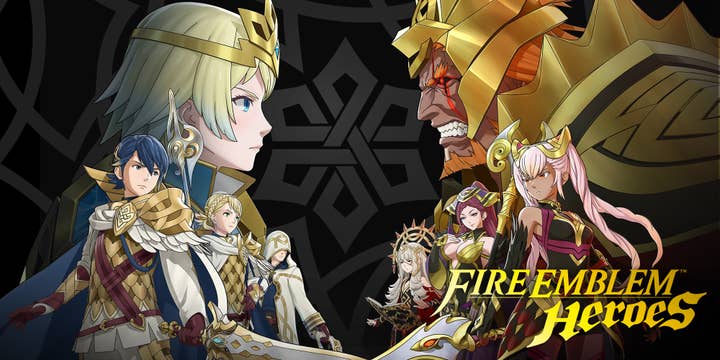
Positive progress
The release of Animal Crossing: Pocket Camp in 2017, definitely ticked a lot of boxes when it comes to free-to-play best practice. But it still felt like the game was missing a trick.
The game does have charm but its retention, monetisation and social mechanics feel like too much of a safe bet. Worryingly, after just a few sessions it seems like you have seen all that the game has to offer.
When designing free-to-play games, early stage retention is everything. But unless you are a die-hard Animal Crossing fan, it's hard to see why casual players would be compelled to stick around.
Poor sessionisation (players can burn out too easily with long sessions), excessively "grindy" gameplay and a lack of social features -- both co-op and competitive -- to support long-term retention (and ultimately justify monetising) are clear areas for improvement.
The right formula
For me, Dr Mario is by far Nintendo's best free-to-play game so far, with a solid core loop that is fun and compulsive.
Unlike Animal Crossing Pocket Camp, Dr Mario has a much softer approach to monetisation, with an energy mechanic that promotes monetisation but in turn helps prevent burnout. Players that are unwilling to pay to continue in the main campaign can continue playing by engaging in multiplayer.
That being said, the difficulty curve is quite steep and multiplayer elements are challenging from the get-go for the casual player, so potential churn due to difficulty is present.
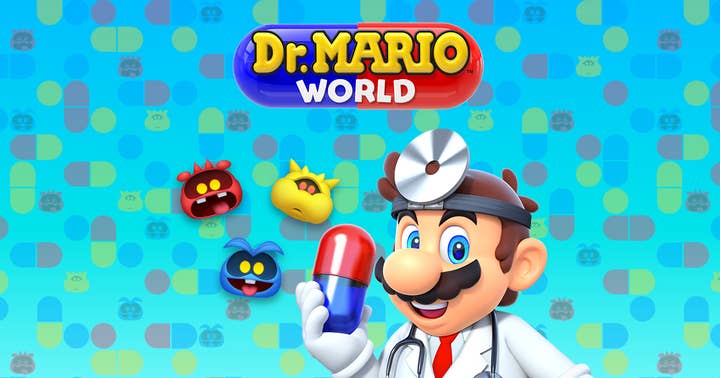
Not fully invested in mobile free-to-play?
It's fair to say that Ninendo's approach to mobile thus far has been confusing at best. It is evident that there is a division across Nintendo's mobile games in terms of following the best practice approach when it comes to designing free to play games.
In fact, Nintendo appears to be at odds with the free-to-play model. The late Nintendo president Satora Iwata told investors that the company's mobile strategy wouldn't be focused on chasing 'whales'. Hence why Nintendo refers to its mobile games as being free-to-start, rather than free-to-play.
It just feels to me that Nintendo has been holding back on mobile. To date, it has only experimented with core IPs are used the blueprints of successful free-to-play genres and mechanics.
We all know what Nintendo is capable of when it comes to solid game design so, when it comes to mobile, why should this be any different? This could be because unlike its console games, Nintendo's mobile free-to-play games aren't developed entirely in-house. While Nintendo is invested in mobile, it doesn't yet feel in tune with the rest of the market.
All eyes on Mario Kart Tour
There's no question that Mario Kart Tour is one of, if not Nintendo's most important mobile releases to date. Its huge appeal among casual and core players will guarantee huge download numbers upon release. But what are the key design and monetisation lessons Nintendo should adopt to ensure Mario Kart Tour succeeds where Super Mario Run failed?
Firstly, Mario Kart Tour will have to possess a solid core loop that doesn't deviate too far from what players know and love from console/handheld versions. The gameplay also has to be deep and engaging, but easy to understand. That sounds obvious, but many racing games on mobile suffer from having overly complex systems (e.g. Asphalt, CSR, NFS and Real Racing series). However, Mario Kart Tour doesn't need to get bogged down in complexity.
A light touch approach to monetisation would also be in Nintendo's best interest, such as collectable and purchasable vehicle customisations to let players stand out on the race course (Think of it as a more granular and expanded version of the customisation options available in Mario Kart 8 Deluxe). This could be serviced through a rotating store or a tiered reward system similar to Fortnite, rewarding both paying and free players.
One red flag from the Mario Kart Tour closed beta is its use of the energy mechanic to restrict gameplay. Restricting a game of this calibre behind an energy mechanic could make Mario Kart Tour an easy target for negative press.
There are far better ways to limit gameplay than locking players out. If its a mechanism to balance progress in an offline campaign/PvE environment that feeds players into multiplayer, then fine. But if it's to push players out of the game before they are ready to leave it might feel a bit harsh.
A far better way to monetise players would be to reduce the reward pool over a set period of time each day, to offer a more natural break-point for players and to promote monetisation when these rewards dry up.
Instead, sessionisation could be managed by recurring daily challenges. As the challenges dry up, it becomes less compelling to stick around due to reduced rewards. As the game evolves new tasks could then be fed into the system to facilitate late game content/updates.
Perhaps a simpler approach would be to adopt something similar to Clash Royale, where timers and limited reward slots play into restricting rewards over time.
The main learning from these two examples is that players never feel pressured to spend nor leave. They can continue to play as they were, except they just won't earn as many rewards. This can be resolved by spending or coming back at a later point in time.
At its core, Mario Kart Tour has to be accessible, easy to master, and hard to put down. The matchmaking will need to be solid and getting players into races quickly will be imperative to its success.
The same competitive and social nature of the console game needs to be carried over to mobile.
As it currently stands, multiplayer info has not been made clear. We can only hope that Mario Kart Tour includes PvP friendly races and tournaments, local multiplayer, competitive battle mode, time-limited tournaments, and local leader boards and team/clan competition mechanics.
All of these would ensure that Mario Kart Tour crushes it on mobile, but is Nintendo going to finally going to start being bold on mobile at the risk of devaluing its hardware business? Probably not.
Franco Spina is a senior game designer for Edinburgh-based deep-data analytics and player management company, DeltaDNA
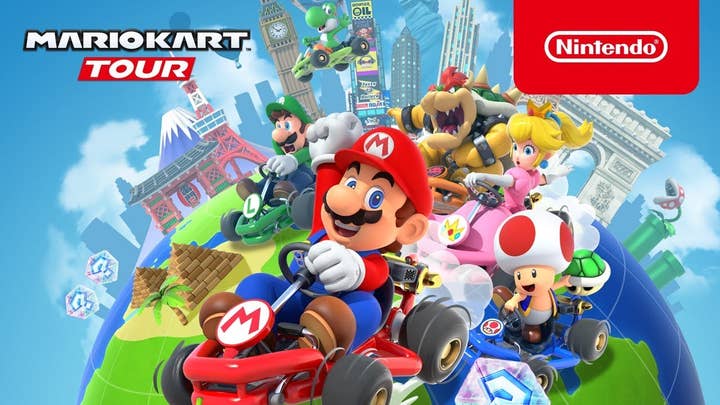

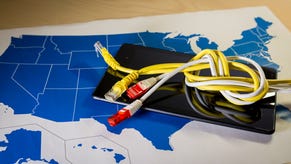




.jpg?width=291&height=164&fit=crop&quality=80&format=jpg&auto=webp)
